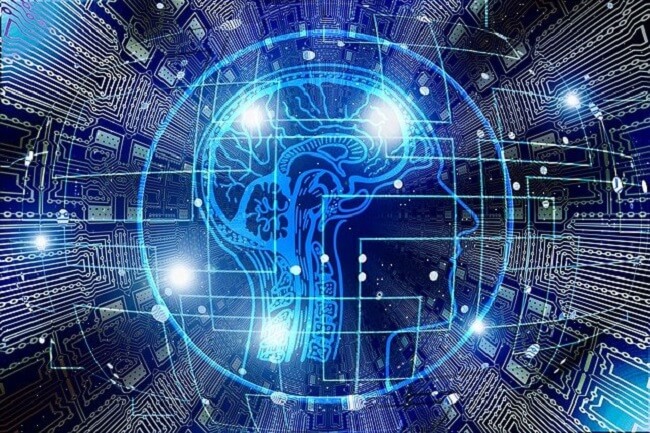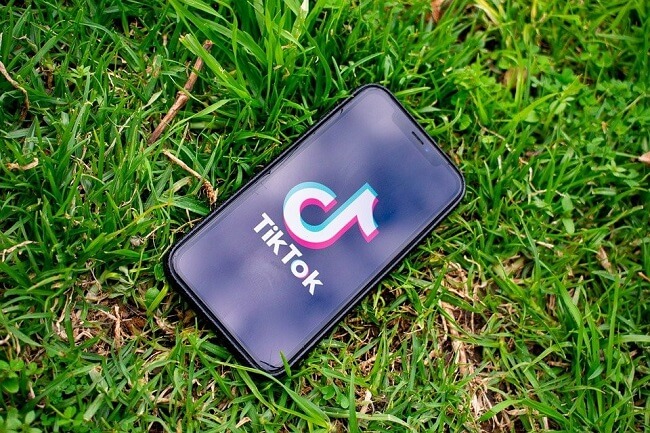The topic of robots and artificial intelligence has the potential to stir up complex emotions, but the truth is, it’s nothing to fear. The idea of digital humans is a lot more mundane than you may think. The term digital human refers to a digital avatar. This allows users to use a digital or virtual identity. This can either use 3D model a or create your very own character with a scripted identity.
People chose to use digital avatars for so many different reasons, in most cases to remain anonymous. It can become a lot more complex and be used in producing multimedia content. Think about how Cyberpunk 2077 digitized Hollywood actor Keanu Reeves, or how you connect to a virtual chatbot when shopping online. From entertainment purposes to business needs, digital human technology is taking the world by storm.
What is Digital Human Technology?
Funny enough, digital humans were first conceptualized by Hollywood. In 2001, Planet of the Apes was one of the first to make use of this by using animation technologies and 3D modeling to turn actors into digital characters. A more recent example is Avatar and the different characters featured in the film.
Video game studios have also taken note of this technology, creating digital characters of famous actors. This is particularly immersive with sports games like NBA or UFC where you can play with one of the world’s greatest athletes. It has even moved to a point where voices can be cloned for a more realistic encounter.
As this technology continues to develop and grow, it also becomes more cost-effective to use. This makes it a great option for businesses looking to digitize their workforce.
How Digital Humans are Created
To create a digital human identity, you need three things, namely model creation, motion capture, and real-time graphics. Going back to our previous film reference, for the actors to transform into the characters, they need to wear special markers to create the 3D model.
Several cameras are then used to capture every angle of their movements. The footage is then sent for rendering, where the final effect will be combined with the actor’s movement to create the character that you see on screen.
Another important aspect of digital humans is the way it is used in business. While the concept is similar to that used in movies, it differs in that it doesn’t require an actor to walk around with 3D markers. It is a system that can function on its own, following processes efficiently while being able to make a human connection.

What Can a Digital Human Do?
Stepping away from the world of entertainment and into the world of business, the concept of a digital human is more complex than simply mimicking an actor. These virtual beings are powered by artificial intelligence and are able to interact in conversations.
A digital data center, or brain, is used to share knowledge with the chatbot or virtual assistants. This information is then used to interact and respond to verbal and non-verbal cues.
As a result, the digital humans AI can step in to communicate with customers and process mundane tasks, giving your staff more time to focus on their core responsibilities. Using AI to improve customer experience is a no-brainer, and with the correct systems in place, it has the power to transform the world of business.
Another interesting use of digital humans is virtual doctor consultations. To start with, the chatbot is programmed with everything a patient may need to know. The service is also anonymous, and patients have peace of mind knowing that they won’t be judged by a human or have their private information shared with the world.
How can AI Improve Customer Experience?
The question you may be asking yourself is “How can brands leverage digital humans?”, and one of the most obvious solutions has to be the customer service area.
To start with, a digital customer service agent is available 24/7. It doesn’t take breaks and can process information and lot more efficiently and accurately than its human counterparts. This means that as soon as a customer has a query, it will be addressed without them having to spend hours on hold. With so many other digital options available, it’s easy for a customer to move on to a brand that will address their needs in a timely manner.
It also means that you don’t need to have someone in your team spend most of their day dealing with queries or complaints. Instead, they can focus on their core responsibilities.
Benefits of Digital Humans
Arguably, one of the greatest benefits of digital humans has to be time and cost savings. By having a virtual human take on time-consuming, somewhat repetitive tasks, you can free up valuable time within your organization. Not only will the virtual solution work in the background with minimal intervention required, but it will also get the job done a lot quicker than before.
As a result, your staff has more time to get other important tasks done, they no longer need to deal with boring work and their identity is no longer associated with customer service. This anonymity can help prevent harassment and ensure the safety of your team.
The Future of Digital Humans
In the last year alone, we have seen digital humans take on so many mundane tasks previously completed by their human counterparts. Doctor consultations have become virtual and so has schooling. Shopping has moved online and so has the customer experience. This is all things that we had thought would happen in the far-off future, and yet, here it is.
As we look to the future, we hope to discover a more innovative and intuitive customer experience. We are also excited to see how the workforce changes to embrace our digital peers and encourage a collaborative digital future.




